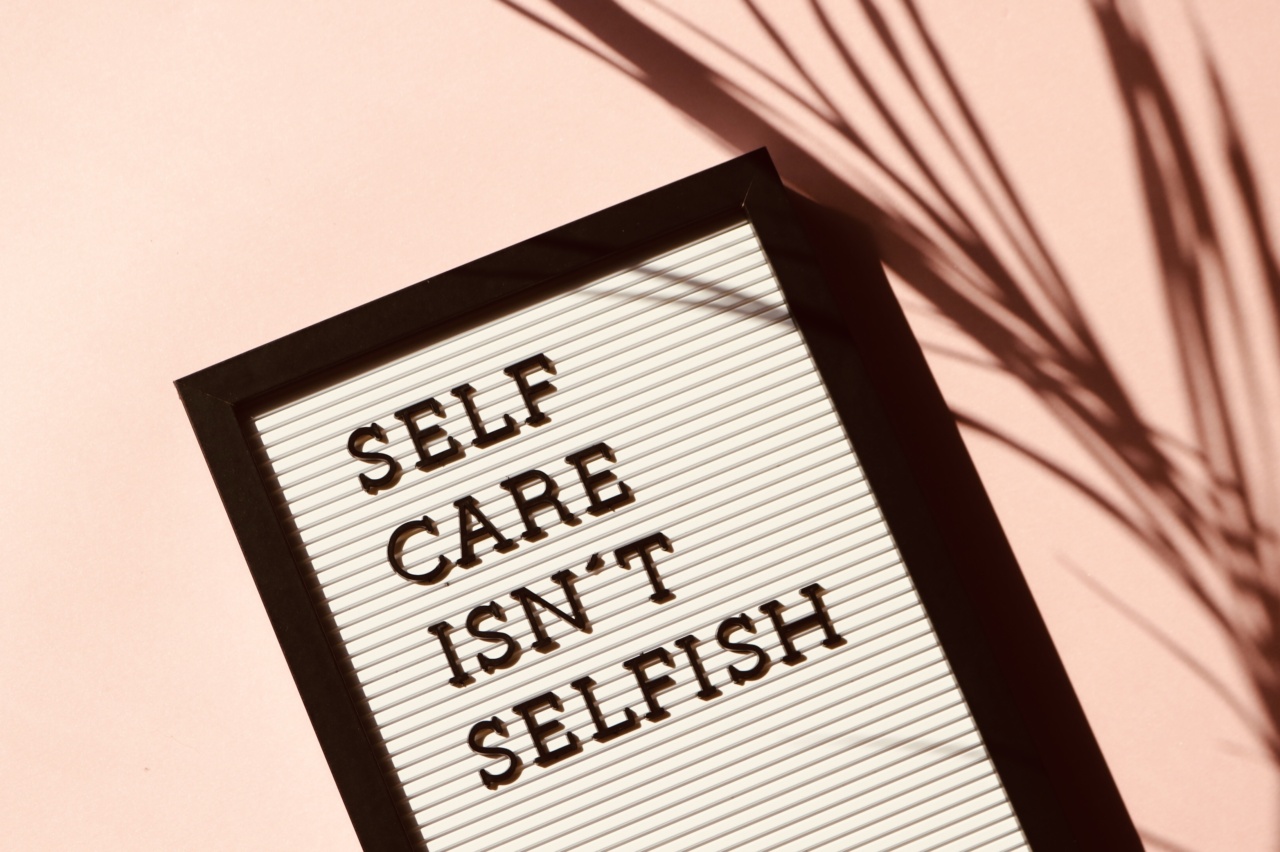Earwax or cerumen is a yellowish waxy substance produced by the ear canal glands to protect the ear.
Earwax buildup can occur when the ear produces more wax than it can remove naturally or when wax is pushed deep into the ear canal by using cotton swabs, bobby pins, or other objects. While most people view ear wax as a nuisance or something that needs to be cleaned out, it is essential to the proper functioning and maintenance of the auditory system.
However, the benefits of earwax go beyond the auditory system and are linked to mental health as well.
The surprising link to mental health
Studies have shown that earwax can provide a significant amount of insight into a person’s mental health.
Researchers in Japan found that the sweat and oil glands that produce earwax are the same as those found in the apocrine glands that secrete sweat into our hair follicles, a process that is directly linked to mental health.
A correlation between malodorous earwax and mental health
Scientists have also found a correlation between the consistency and odor of earwax and certain mental health conditions.
For example, people who suffer from Attention Deficit Hyperactivity Disorder (ADHD) tend to have earwax that is drier, flakier, and darker than others. A study also found that people with a degree of anxiety or depression tended to have earwax that smelled stronger and more unpleasant than those without these mental disorders.
Different types of earwax
There are two main types of earwax: wet and dry. Wet earwax is more common in non-Asians and is stickier, making it more difficult to remove.
It also contains higher levels of lipids, which create a moist environment that is favorable for bacteria and fungi. In contrast, dry wax is prevalent among Asians, and it is brittle and flaky, making it easier to remove.
People who produce wet earwax tend to have a stronger body odor than those who produce dry wax, and this is due to the amount of sweat and oil they produce.
Earwax as an indicator of personal hygiene
Our bodies create earwax, which is a natural part of our physiological function. However, some people produce more than others, while factors, such as genetics, gender, hygiene, and living environment, can impact the amount and quality of earwax.
Poor hygiene practices can lead to earwax buildup or cause an increase in the number of bacteria in the ears, resulting in unpleasant odors or even infection.
Impacts of earwax on hearing and mental health
When earwax completely blocks the ear canal, it becomes more than just a hygiene problem. It can lead to hearing loss and tinnitus (ringing in the ear) and can even cause dizziness or balance issues.
These physical disturbances can, in turn, have an impact on mental health and lead to anxiety, depression, or even cognitive decline in older adults. It is, therefore, important to maintain good ear hygiene and seek professional help if earwax buildup becomes excessive.
Earwax removal techniques
Earwax buildup can be uncomfortable and even painful, but it is essential to remove it safely and effectively. There are several techniques to remove earwax, including ear drops, irrigation, and manual extraction.
Ear drops are the most common treatment for mild earwax buildup; however, irrigation or manual removal may be needed if the earwax impaction is too deep, or the ear canal is too narrow.
Conclusion
Earwax may seem like an unimportant and often overlooked aspect of our health, but it plays a critical role not only in ensuring we can hear correctly but also in providing clues about our mental health.
Taking care of our ears and knowing what our earwax can reveal about our mental health is an important part of self-care and general health maintenance. Paying attention to our earwax can prevent further complications and even act as an indicator of underlying health conditions.































